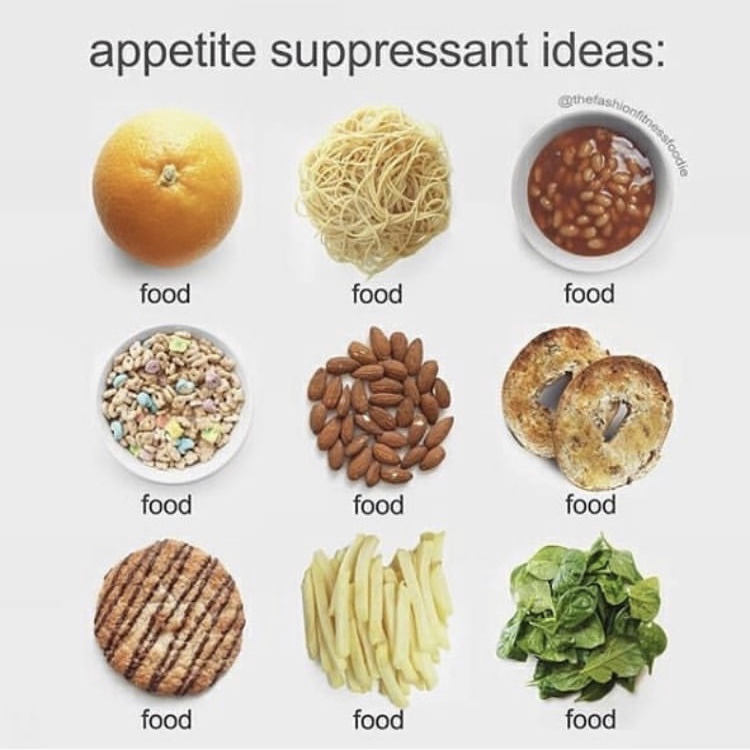written with dietetic intern Olivia Weaver
Intuitive eating often gets turned into the “hunger-fullness diet”, either by those who are trying to co-opt it for diet culture, or by well intentioned folks who are still working to find true food freedom. But there is so much more to the conversation on intuitive eating than “eat when you’re hungry and stop when you’re full”. Let’s dive into some of the nuance that sometimes gets left out.
Biological Hunger
Biological hunger, or physical hunger, is what most people think about when considering “hunger”. This is the actual, physical sensation of needing food for your body. But even here, there is so much more to the story. The “hunger-fullness diet” likes to make hunger a black and white experience, but hunger is more of a spectrum than it is a light switch.
Below is a sample hunger-fullness scale that can be used to check in and gauge your own hunger level. Ideally, you want to start eating when you are around a hunger level of 3 or 4 and stop when you are at about 7 or 8. However, life is messy and can get busy, so this won’t always be the case. After all, intuitive eating is not a diet. You may occasionally fall below a 3 or eat past an 8; that’s okay! You do not need to feel guilty about this. The idea of the hunger-fullness scale is not to achieve perfection, but to help us get comfortable recognizing and consistently meeting our biological hunger.
It’s also important to note that hunger doesn’t feel the same for every person. We tend to think a lot about our stomachs when we think about biological hunger, but there are a lot of other ways your body could tell you that it’s hungry. For example, headaches, thinking about food, irritability, fatigue, lightheadedness, or nausea could all be signs of hunger. As you get used to consistently listening for and responding to your hunger cues, they will get easier to recognize. Consider making your own hunger-fullness scale with your personal cues listed to help you better recognize where your hunger level is at.
Taste Hunger
Taste hunger has nothing to do with our biological cues and everything to do with satisfying a food craving. It is completely valid and acceptable to crave a food, eat that food, and move on with your life. Consider this scenario: you and a friend go to the movies. When you walk in the door, the smell of popcorn hits you and your mouth starts watering. Your friend suggests getting some. You’re not technically “hungry” in the physical sense, and the hunger-fullness diet says, “no way, there’s no room for eating outside of hunger”.
True intuitive eating leaves room for cravings and special occasions like this, and recognizes the fact that sometimes food just sounds good. You buy the popcorn, eat it, and move on with your day without another thought. In diet culture, every food has to be counted and justified. With intuitive eating, you don’t have to justify your food. Eating something just because it sounds good is perfectly reasonable.
Practical “Hunger”
Practical hunger says “even though I’m not hungry right now, I know I should probably eat something”. While diet culture does not account for the messiness of life and demands that we are always on its schedule, intuitive eating understands that sometimes you just have to be practical.
Say, for example, your lunch break at work is from 11am to 12pm. However, when your lunch break rolls around, you really aren’t hungry yet. Practical hunger understands that it’s best to eat when you have the chance rather than potentially becoming ravenously hungry and having to scarf down a granola bar on a bathroom break several hours later.
Hunger will always come again. It’s kind of like a rubber band: the further you stretch it, the further it rebounds. Thinking back to the hunger-fullness scale, if you do not plan ahead in your eating and instead stretch yourself to a hunger level of 1 or 2, when you finally do eat, you are much more likely to eat until you reach uncomfortable fullness (level 9 or 10). Planning ahead avoids the rubber band from being stretched too far in either direction.
Emotional Hunger
When feelings get big and overwhelming, we can turn to food to help us cope with those emotions. This is emotional hunger. There is nothing wrong with turning to comforting foods in difficult times. Diet culture has tried to make comfort food synonymous with “guilty food” or “unhealthy food”, but that’s nonsense. Food has been with us our whole life, and we make associations between comforting people and the food they make. It’s only natural.
Emotional hunger can fit within the context of all of the other types of hunger that have been discussed so far. However, if your emotional hunger is causing you to consistently eat well past fullness, or if that eating is becoming a distraction which prevents you from confronting the source of your emotional hunger, I would challenge you to ask yourself what it really is that you need. Is there some other coping strategy that may be more effective in dealing with this situation or emotion right now?
While we all have hunger that is important to honor, what’s more important is that we are able to honor ourselves. And doing that involves having a life that goes beyond food and nourishing our whole self.
Sources:
Tribole E, Resch E. Intuitive Eating: A Revolutionary Anti-Diet Approach. 4th Ed. St. Martin’s Essentials; 2020.





































